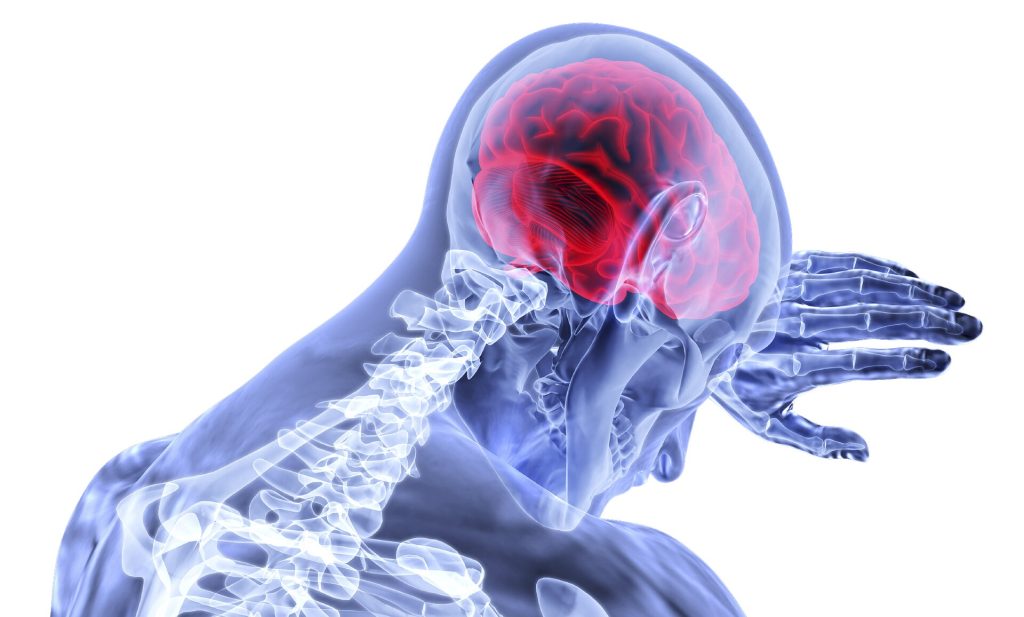
People taking statins may have a lower risk of having an intracerebral haemorrhage (ICH), according to a new study published in the journal Neurology.
It has been suggested that statins increase the risk of ICH in people with a history of stroke, which has led to a precautionary principle of avoiding statins in patients with prior intracerebral haemorrhage. Recent research suggests that such prescribing reticence may be unfounded and potentially harmful when considering the well-established benefits of statins.
“While statins have been shown to reduce the risk of stroke from blood clots, there has been conflicting research on whether statin use increases or decreases the risk of a person having a first intracerebral haemorrhage,” said study author David Gaist, MD, PhD, of the University of Southern Denmark in Odense. “For our study, we looked at the lobe and non-lobe areas of the brain to see if location was a factor for statin use and the risk of a first intracerebral haemorrhage. We found that those who used a statin had a lower risk of this type of bleeding stroke in both areas of the brain. The risk was even lower with long-term statin use.”
The lobe area of the brain includes most of the cerebrum, including the frontal, parietal, temporal and occipital lobes. The non-lobe area primarily includes the basal ganglia, thalamus, cerebellum and brainstem.
For the study, researchers looked at health records in Denmark and identified 989 people, average age 76, who had an ICH in the lobe area of the brain. They were compared to 39 500 matched controls.
They also looked at 1175 people, average age of 75, who had an ICH in the non-lobe parts of the brain. They were compared to 46 755 matched controls. Prescription data was used to determine information on statin use.
Of the total participants, 6.8% who had a stroke had been taking statins for five or more years, compared to 8.6% of those who did not have a stroke.
After adjusting for factors such as hypertension, diabetes, and alcohol use, researchers found that people currently using statins had a 17% lower risk of having a stroke in the lobe areas of the brain and a 16% lower risk of stroke in the non-lobe areas of the brain.
In addition, longer use of statins was associated with a lower risk of stroke in both areas of the brain. With more than five years of statin use, people had a 33% lower risk of having a stroke in the lobe area of the brain and a 38% lower risk of stroke in the non-lobe area of the brain.
“It’s reassuring news for people taking statins that these medications seem to reduce the risk of bleeding stroke as well as the risk of stroke from blood clots,” Gaist added. “However, our research was done in only the Danish population, which is primarily people of European ancestry. More research should be conducted in other populations.”
Source: American Academy of Neurology

